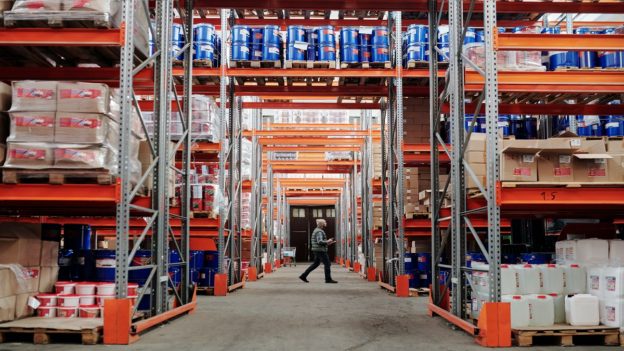Why B2B e-commerce for MSMEs has taken so long to gain traction compared to B2C, D2C?
Ease of Doing Business for MSMEs: The nationwide call for ‘Make in India’ has encouraged Indian MSMEs to focus on producing local, handmade, and artisanal products that can compete better in the global wholesale trade, with international retailers of all sizes looking to source these products.
Ease of Doing Business for MSMEs: The past two years have upended the retail industry to its core by exposing critical gaps in the global supply chain, especially for small retailers, whose sourcing journey is no longer linear. With the Covid-19 crisis shutting down major offline trade channels, businesses around the world have been constantly reducing on-ground spends and redirecting it to online channels. This has resulted in the B2B trade seeing a rapid acceleration towards digital adoption in the last 12 to 18 months.
As per Statista’s research, global B2B e-commerce was worth $14.9 trillion in 2020, more than five times the size of the B2C market. So why has it taken much longer for B2B e-commerce to gain traction compared to B2C or D2C e-commerce?
Unlike the B2C business, global B2B trade is characteristically marked by long and trusted relationships between suppliers and buyers, large order sizes, complex logistics and customs regulations, detailed forex payment terms, and exhaustive return policies.
Till now, the major barriers for small retailers to source from overseas has been difficulty in finding reliable sellers, ensuring quality checks before dispatch, managing shipping costs, and getting credit. Similarly, small and mid-size manufacturers looking to sell overseas, digitally, have been unable to acquire customers and manage various end-to-end operations, like logistics, quality checks, payments, etc.
These gaps had prevented the B2B online trade from accelerating – leaving both buyers and sellers dependent on intermediaries like local wholesalers and trade fair exhibitors. However, skyrocketing global shipping costs and container shortages have meant that these intermediaries have been unable to meet their supply and price commitments in recent years. On the other hand, large retail chains like Ikea and Walmart are able to leverage their scale to maintain a reliable supply chain.
Realizing the competitive disadvantage that this is creating, several small and independent retailers have started sourcing directly from suppliers overseas through digital channels. By doing so, they now enjoy a larger selection of products to choose from, along with better prices as they’re able to save on margins charged by middlemen. For exporters too, this new online demand is helping in recovering from the effects of the ongoing pandemic.
In this context, B2B marketplaces have a critical role to play in accelerating demand for this segment. The largest B2B e-commerce site is currently Alibaba.com, which is primarily an extensive listings directory of primarily Chinese suppliers, with few value-added services. This hands-off approach works for the highly-developed Chinese manufacturing ecosystem, as Chinese sellers have managed cross-border logistics, payments, etc. for several decades now.
https://www.financialexpress.com/industry/sme/cafe-sme/msme-eodb-why-b2b-e-commerce-for-msmes-has-taken-so-long-to-gain-traction-compared-to-b2c-d2c/2426893/





